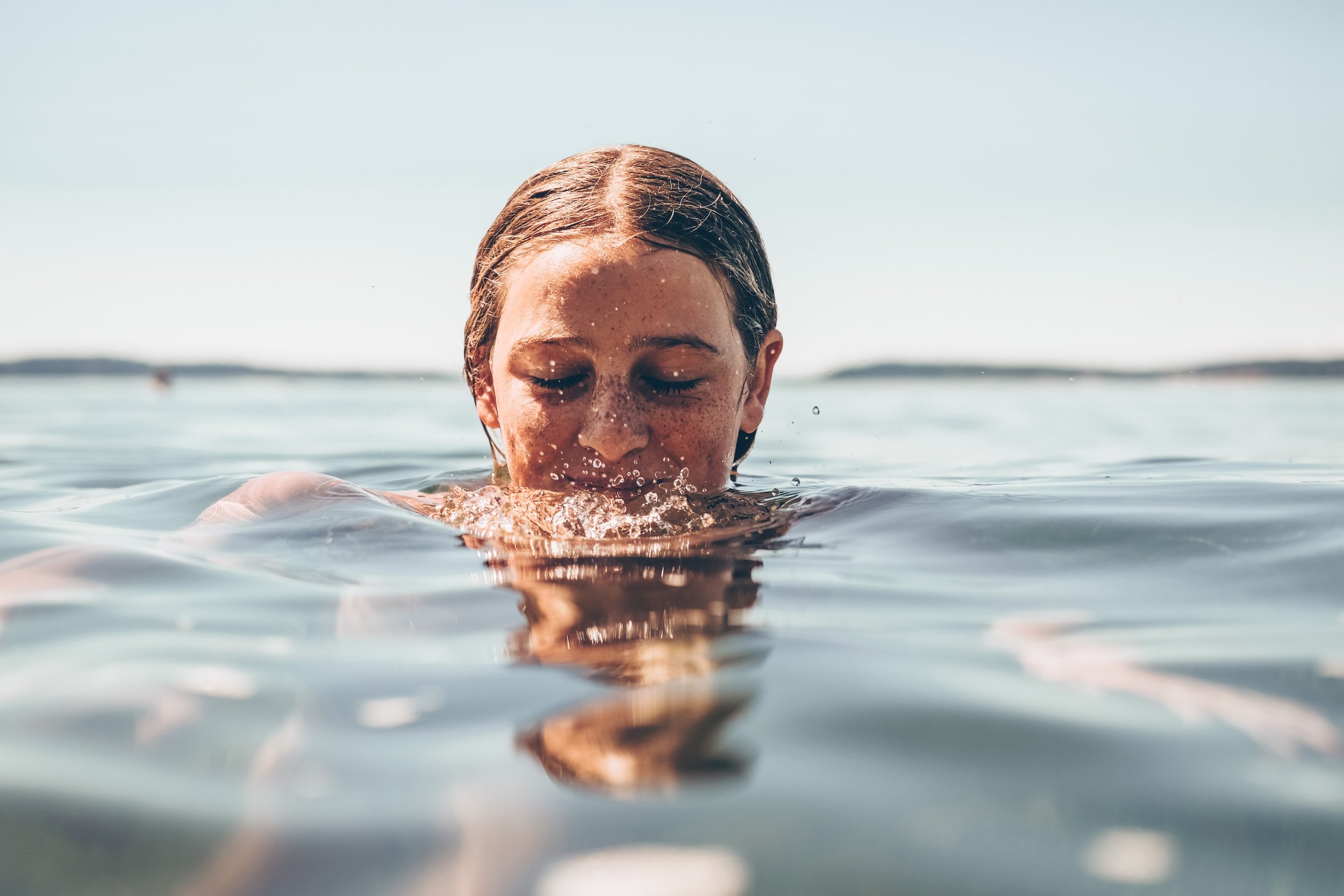
Classroom Environmental Programs

Beaks and Feet
Examines animal adaptations by focusing on birds. Students investigate taxidermy mounts of local birds and then compare/contrast the structural similarities and differences in feet, beaks, body color, and location of legs. Young students may incorporate a “Bird Feeding Simulation Game” into the lesson. Students of all ages fly away with an appreciation for the complexity of bird adaptations and variation among species.
Amazing Animal Adaptations
Many animals possess the ability to survive through physical, behavioral and/or chemical adaptations. This engaging lesson highlights several amazing animal adaptations involving camouflage, warning coloration, chemical defense, and mimicry. Students learn about unique adaptations that enable animals to communicate, defend themselves, attract mates, find food, and seek refuge from predators.
The Great Migration Challenge
Students act as nature detectives as they investigate the challenges that organisms face while making their migrations. Students ask the six general questions about migration -- Who, What, When, Where, Why, and How -- to help understand the intense undertaking these animals face. The program culminates with students playing the “Great Migration Challenge”, in which they become birds attempting to successfully make the 2,000 mile journey.
Sun, Earth, Moon, Tide
As a coastal community, understanding what causes tides and the tide cycle is critical to fishing, recreational boating, surfing, and even storm preparedness. In this interactive lesson, students model the relative motion of the sun, earth and moon with spheres and flashlights, and play a classroom version of tug-o-war with the earth’s oceans. Elementary students especially enjoy learning about moon phases with our “Moon Munch” activity.
Water Beneath Our Feet
Students discuss where freshwater is located on Earth, and why Long Island’s unique geology allows us to use this source for drinking water. Students visualize Long Island’s three major aquifers by interacting with a groundwater model. They also understand how human actions can pollute drinking water and what we can do to help minimize our impact on freshwater. The program ends with a blind “drinking water taste test,” comparing three potable water sources (public well, private well, bottled water).
Food Chains and Food Webs
Enables students to understand the relationships between all living things and their importance in maintaining a balance in nature. Students discuss the flow of energy, the various ecological roles plants and animals play in nature, and the ecological relationships that are evident in food webs. The lesson culminates with students investigating plankton -- the primary base of the marine food web -- using microscopes.*
(*microscopes not provided by the Group)
Properties of Water and Stormwater Surface Runoff Demonstration
Students define a watershed, compare and contrast point versus nonpoint pollution, describe the components of the water cycle, and identify ways to minimize stormwater runoff. A three- dimensional model of a typical coastal watershed is then used to allow students to actually demonstrate the impacts of stormwater runoff on local communities and waterways. The program concludes with discussion concerning ways to minimize these negative consequences of stormwater runoff.
Long Island’s Geological History
Classes follow Long Island’s geological history from formation of the underlying bedrock, through establishment of sedimentary layers, to placement of glacial deposits on or near the surface. This program emphasizes how the Earth’s land masses and climate are constantly changing over long periods of geologic time. The lesson culminates with an 'ice cream glacier," modeling Long Island’s glacial beginnings.
Taxonomy: Classifying Living Things
Students discuss six major characteristics that all living organisms possess, as well as the seven taxonomic categories for classifying living things (Kingdom, Phylum, Class, Order, Family, Genus, Species). Then, in small teams, students actively classify local invertebrates and vertebrates based on their similar characteristics.
Customized Classroom Lessons
Group educators will customize a classroom lesson on a topic of the teacher’s choice.
FOR MORE INFORMATION, CONTACT STEVE BIASETTI
631-765-6450 X205 OR SBIASETTI@EASTENDENVIRONMENT.ORG
